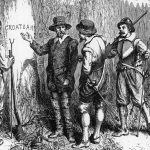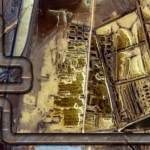Across the battlefields of history, empires have risen and fallen on the backs of men—and the hooves of their horses. Behind every legendary commander stood a warhorse whose courage and loyalty carried kings, generals, and emperors through fire and chaos. From Alexander the Great’s untamable Bucephalus to Napoleon’s tireless Marengo, from the endurance of Copenhagen at Waterloo to the sacrifice of Chetak in Rajasthan, these steeds were more than animals. They were comrades, heroes, and symbols of an unbreakable bond between man and beast. Their stories, etched into the annals of war, reveal not just the fate of battles but the timeless spirit of loyalty and bravery that still gallops across centuries.
The Most Famous Warhorses in History and Their Legendary Stories
Bucephalus – Alexander the Great’s Fierce Companion
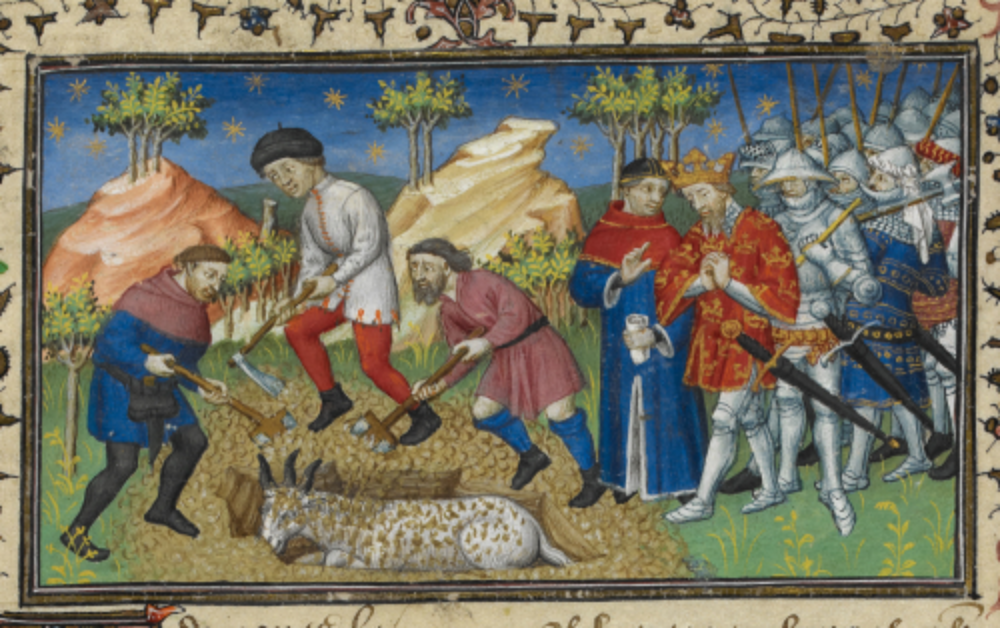
Bucephalus was no ordinary horse. According to ancient accounts, he was a massive black stallion with a star on his brow, so fierce and unmanageable that no one dared to ride him. In 344 BC, when the horse was presented to King Philip II of Macedon, even seasoned riders failed to control him. It was the young Alexander, only about 12 years old, who noticed that the horse was frightened by his own shadow. Turning Bucephalus toward the sun, Alexander calmed him, mounted him, and rode with effortless mastery. Impressed, Philip declared, “My son, seek a kingdom equal to yourself; Macedonia is too small for you.”
From that day forward, Bucephalus became Alexander’s inseparable companion in war and conquest. Together, they charged through some of the greatest military campaigns of antiquity—across Greece, Asia Minor, Egypt, and as far as India. Ancient writers record that Bucephalus carried Alexander in the decisive Battle of Gaugamela in 331 BC, where the Macedonian army defeated Persia’s King Darius III, shaping the fate of empires.
The horse endured countless marches and battles, symbolizing strength, loyalty, and endurance. In 326 BC, during Alexander’s campaign in India, Bucephalus was mortally wounded after years of service. Stricken with grief, Alexander founded a city on the banks of the Hydaspes River and named it Bucephala in his honor.
Bucephalus’s story is more than a tale of a warhorse—it is a legend of trust between man and animal, woven into the history of Alexander’s meteoric rise. To this day, Bucephalus stands as a symbol of courage, perception, and the bond that shaped an empire.
Marengo – Napoleon’s Arabian Stallion of Endurance
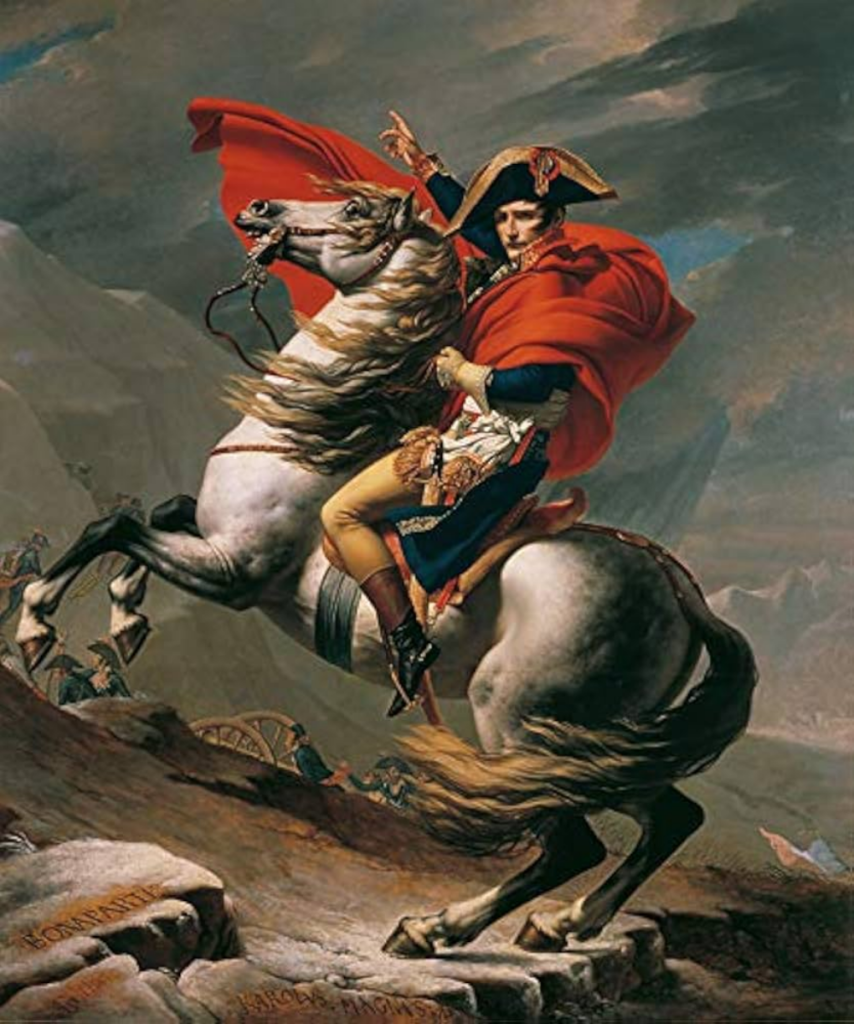
Marengo, a small gray Arabian stallion, carried on his back the weight of Napoleon Bonaparte’s ambition and the destiny of Europe. Acquired during the Egyptian campaign in 1799, the horse soon proved his worth. With a height of just 14.1 hands, Marengo was not imposing in size, but his stamina and courage made him indispensable to the French emperor.
In 1800, during the Battle of Marengo in northern Italy, the horse galloped tirelessly through the chaos, carrying Napoleon to rally his troops in a decisive victory against the Austrians. From that moment, the stallion bore the battle’s name—Marengo—forever linking him to Napoleon’s triumph. Over the next 15 years, Marengo became the emperor’s constant companion, enduring some of the most grueling campaigns in history. He carried Napoleon through Austerlitz in 1805, Jena in 1806, Wagram in 1809, and finally Waterloo in 1815.
Marengo was wounded at least eight times in combat yet survived every ordeal. His legendary endurance matched the tireless pace of Napoleon’s campaigns, covering distances of 80 miles in a single day.
After the French defeat at Waterloo, Marengo was captured by the British and taken to England. He lived the remainder of his life at Lieutenant-Colonel Angerstein’s farm, where he even served for breeding, though with limited success. Marengo died in 1831 at the remarkable age of 38. Today, his skeleton is displayed at the National Army Museum in London, a silent witness to the horse who once carried an emperor and became a symbol of resilience, loyalty, and history itself.
Chetak – The Rajput Heroic Steed of Maharana Pratap
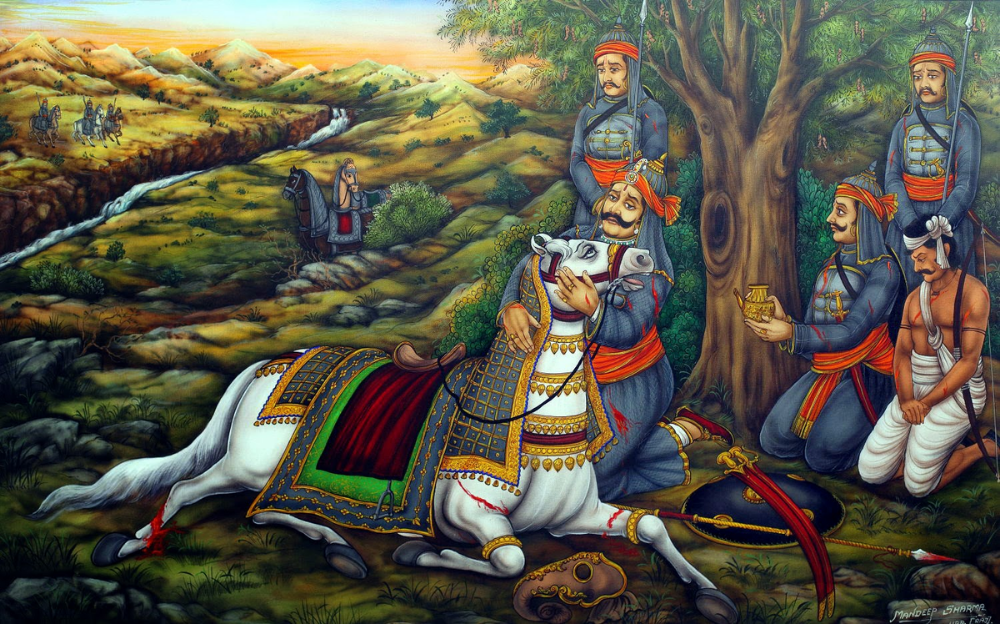
In the rugged hills of Rajasthan, India, Chetak became immortal through an act of sacrifice. A blue-tinged stallion of legendary loyalty, he carried Maharana Pratap in the Battle of Haldighati in 1576 against the Mughal forces of Emperor Akbar.
During the fierce clash, Chetak was gravely wounded, yet he continued to shield his master. In a desperate bid to save Pratap, the stallion made a final leap across a 21-foot river while bleeding and exhausted. Safely across, Chetak collapsed and died in his master’s arms.
The site of his fall, now marked by the Chetak Samadhi, remains a place of reverence. Folk songs and poems in Rajasthan celebrate him as the “Blue Horse,” a symbol of unwavering loyalty and courage. To the Rajputs, Chetak was not merely an animal but a warrior who gave his life to preserve his master’s honor.
Centuries later, Chetak’s legend continues to inspire tales of devotion and sacrifice, ensuring that his memory gallops across time as one of history’s most beloved warhorses.
Copenhagen – The Duke of Wellington’s Warhorse of Waterloo
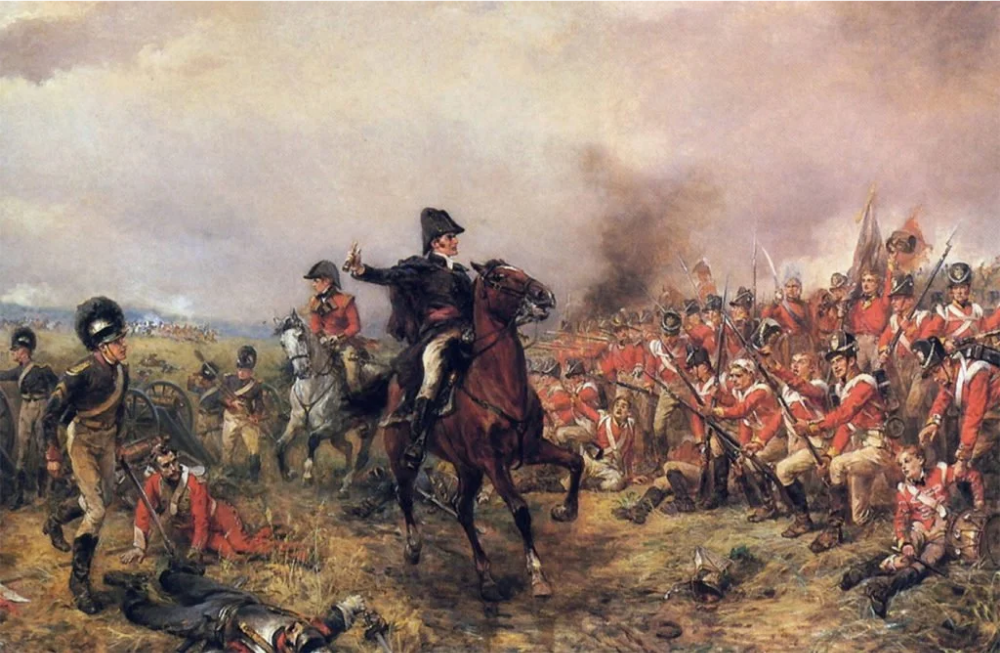
Copenhagen, a chestnut stallion of mixed Thoroughbred and Arabian blood, earned eternal fame as the trusted mount of Arthur Wellesley, the Duke of Wellington. Foaled in 1808 and bred from a racehorse sire, Copenhagen carried both speed and stamina. By the time of the Battle of Waterloo in 1815, he was eight years old—prime age for a warhorse.
On June 18, 1815, Wellington rode Copenhagen for nearly 17 hours during one of the most decisive battles in European history. Through cannon fire, cavalry charges, and relentless combat, the horse remained steady under his rider. At the end of the day, when the exhausted duke dismounted and patted him in gratitude, Copenhagen lashed out with a sudden kick, narrowly missing Wellington’s head. The duke, however, admired the spirit that had carried him through victory against Napoleon.
After Waterloo, Copenhagen retired to Wellington’s estate at Stratfield Saye. There he lived in comfort for more than two decades, adored by visitors who came to see the horse that bore the Iron Duke to triumph. He died in 1836 at the age of 28, buried with military honors. Wellington himself paid tribute: “There may have been many faster horses, no doubt many handsomer, but for bottom and endurance I never saw his fellow.” Copenhagen’s name remains inseparable from Waterloo, symbolizing endurance and the steadfast partnership of horse and rider in shaping history.
Comanche – Survivor of the Battle of the Little Bighorn
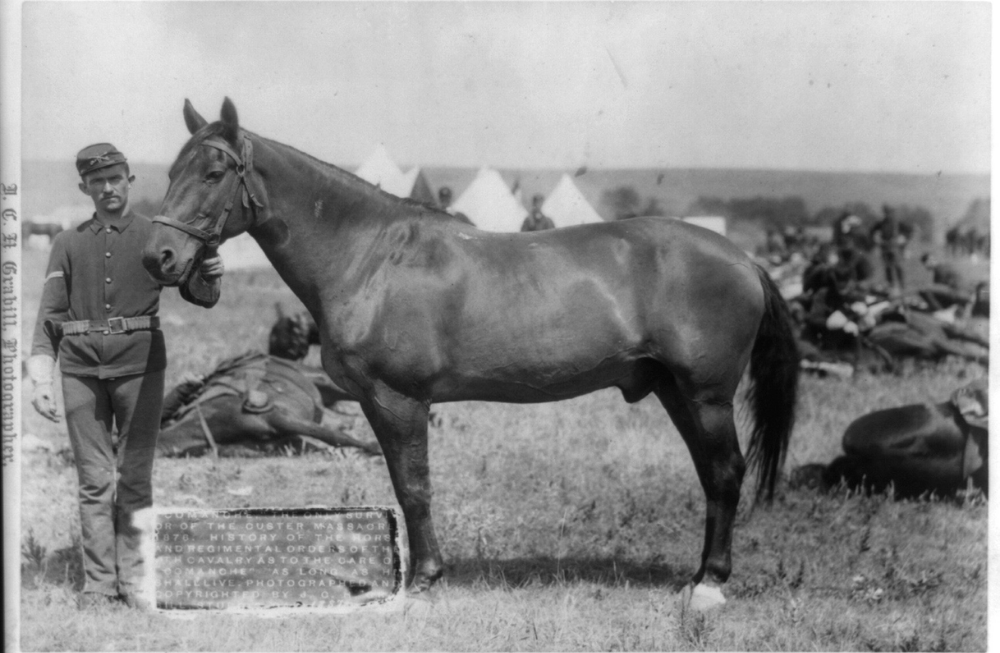
Comanche, a bay gelding of Mustang and Morgan stock, was purchased by the U.S. Army in 1868 and became the mount of Captain Myles Keogh of the 7th Cavalry. On June 25, 1876, at the Battle of the Little Bighorn, Keogh and Custer’s battalion were annihilated by Lakota, Cheyenne, and Arapaho warriors. Among the devastation, Comanche was found gravely wounded with at least seven bullet injuries but miraculously alive.
Though newspapers proclaimed him the “only survivor” of Custer’s command, in truth many horses survived but were taken by Native warriors. Comanche’s survival, however, became emblematic. Nursed back to health at Fort Abraham Lincoln, he was retired from all duty in 1878 by special order, honored as “Second Commanding Officer” of the regiment.
For the rest of his life, Comanche was treated as a living legend. He marched in parades with an empty saddle to honor the fallen, enjoyed mash laced with beer, and became a mascot for the 7th Cavalry. When he died in 1891, Comanche was given a full military funeral—one of the few animals in U.S. history to receive such an honor. His mounted remains are preserved at the University of Kansas Museum of Natural History, immortalizing the horse whose endurance transformed tragedy into legend.
Sergeant Reckless – The Korean War Heroine
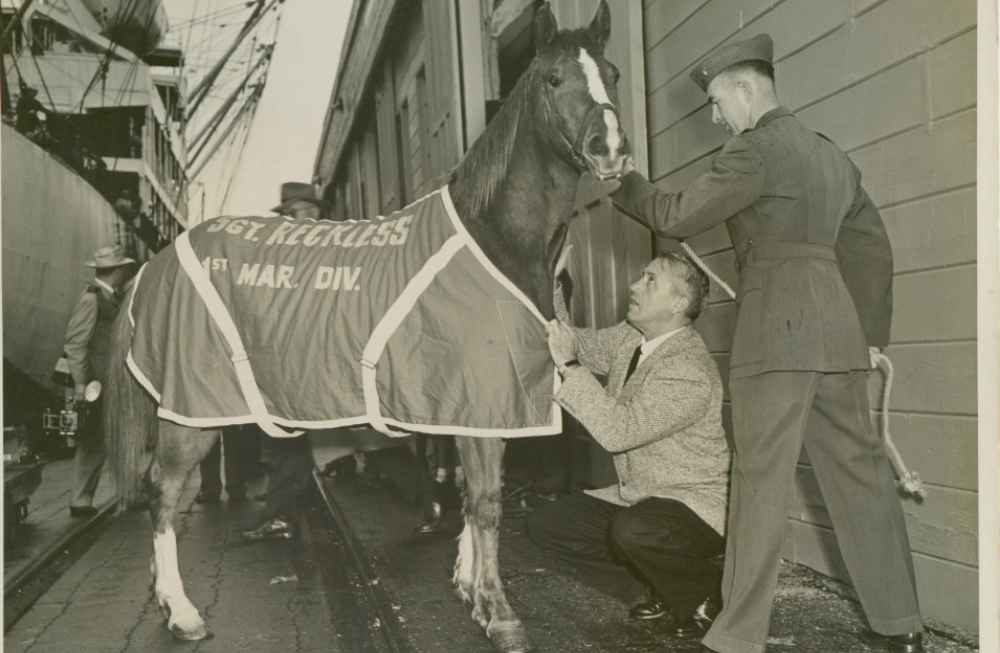
Unlike the great stallions of antiquity, Sergeant Reckless was a small Mongolian mare, purchased by U.S. Marines in Korea in 1952 for just $250. Yet her deeds would outshine many heroes. Trained quickly, she learned to carry heavy loads of ammunition up steep hills and even take cover when she heard “incoming.”
Her most famous moment came during the Battle of Outpost Vegas in March 1953. Under relentless enemy fire, Reckless made 51 solo trips to the front lines in a single day, carrying nearly 9,000 pounds of ammunition and bringing wounded Marines back to safety. Wounded twice herself, she kept working until the battle was done.
For her bravery, Reckless was decorated with two Purple Hearts, a Marine Corps Good Conduct Medal, and eventually promoted to Staff Sergeant. Life magazine named her one of America’s top 100 heroes of the 20th century. After the war, she was brought to the United States, where she lived at Camp Pendleton until her death in 1968.
Statues now stand in her honor in Virginia, California, and South Korea, commemorating the mare affectionately called “The Horse Who Could Win the War.” Reckless’s story remains a shining example of courage, sacrifice, and the unbreakable bond between soldiers and their animal companions.
Traveller – Robert E. Lee’s Trusted Grey Mount
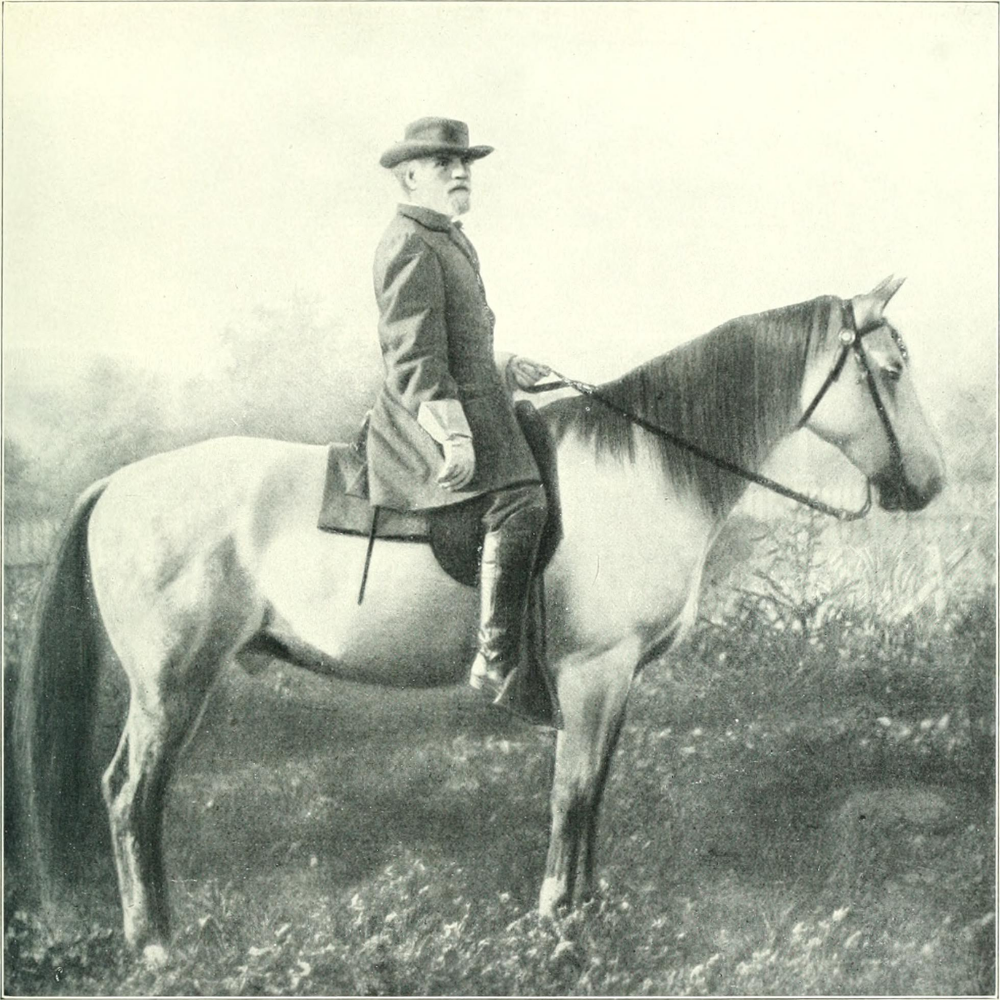
Traveller, a gray American Saddlebred, was purchased by General Robert E. Lee in 1862 and quickly became his most cherished mount. Spirited yet steady, Traveller accompanied Lee through nearly every campaign of the American Civil War. From the Seven Days Battles to Gettysburg, from Petersburg to Appomattox, he was a constant presence in the storm of war.
Known for his endurance and speed, Traveller was admired not only by Lee but also by Confederate soldiers who saw him as a symbol of strength. At Appomattox in 1865, Traveller stood patiently as Lee surrendered to Ulysses S. Grant, embodying the dignity of a defeated but unbroken spirit.
After the war, Lee became president of Washington College in Lexington, Virginia, bringing Traveller with him. The horse grazed freely on campus and was beloved by students and townspeople. In 1871, only months after Lee’s death, Traveller stepped on a rusty nail and developed tetanus. Despite care, he died in great pain. His remains were eventually buried near the Lee Chapel, where his memory endures.
Traveller’s story reflects the loyalty between man and horse, extending beyond the battlefield. His presence at key moments in American history turned him into a living emblem of devotion, resilience, and grace.



